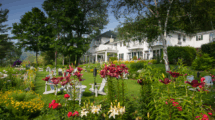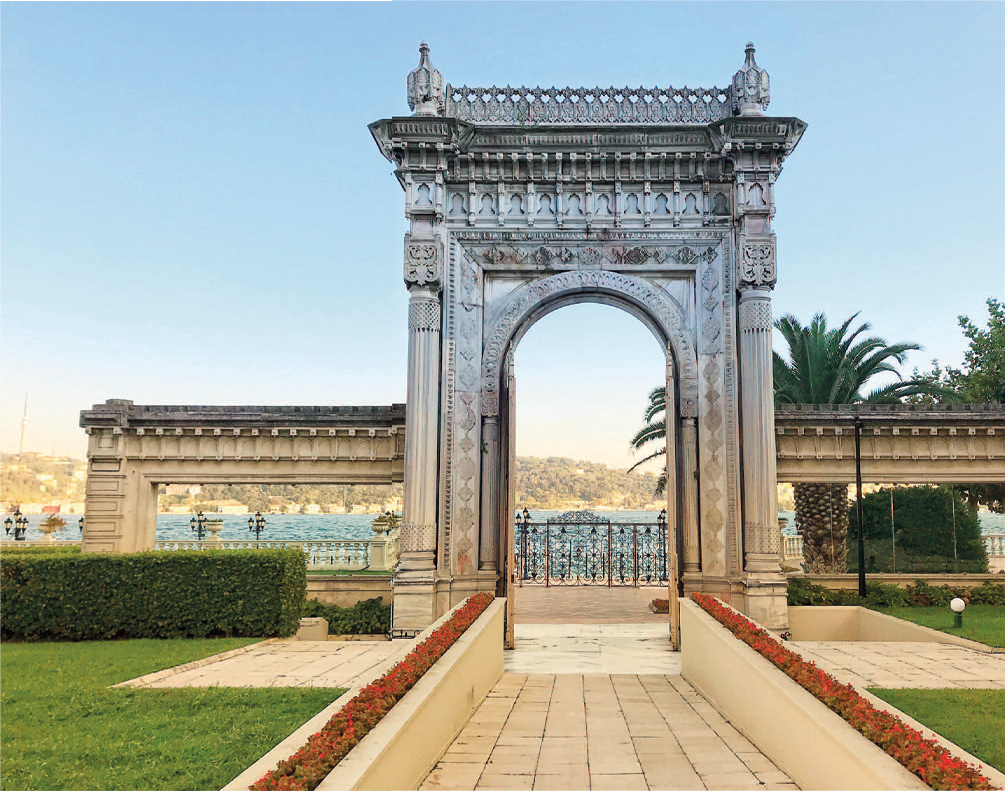
Masterpieces of architecture, a rich culture and spectacular setting make the capital of Turkey a compelling destination
By Michele Peterson, Photos by Francisco Javier Sanchez | July/August 2019
“If one had but a single glance to give the world, one should gaze on Istanbul.” — ALPHONSE DE LAMARTINE, 1790-1896
While French poet Alphonse de Lamartine wrote those words centuries ago, today’s visitor to Istanbul, the fabled former capital city of Turkey, will find it just as mesmerizing as it was then.
Founded in 7th-century BC, straddling Europe and Asia across the Bosphorus Strait and controlling trade routes of the ancient world, the imperial city of Constantinople was the capital of the Byzantine Empire until conquered by the Ottoman Empire in 1453. Today, Istanbul is one of the world’s most captivating and cosmopolitan cities.
To orient yourself and best understand the city’s strategically important setting, begin your explorations from the water. Half-day sightseeing cruises depart from the Eminonu Port at the base of Galata Bridge in the heart of Istanbul and travel up the Bosphorus. From the open air deck, you’ll feel the sea spray on your face as the boat joins the stream of shipping containers, passenger ferries, naval vessels, fishing boats and luxury yachts navigating this waterway connecting the Black Sea to the Marmara Sea. T
he tours, narrated in English, point out the city’s breathtaking wealth of domed mosques, palaces, museums and fortresses. Sights at the southern entrance of the Bosphorus include Kizkulesi (the Maiden’s Tower), a white stone structure that served as a toll station in Byzantine times and later as a lighthouse, appearing more recently in the James Bond flick “The World Is Not Enough.”
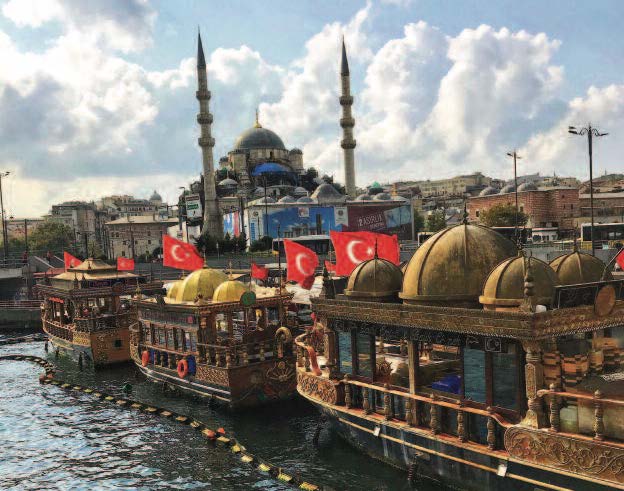
PHOTO: FRANCISCO JAVIER SANCHEZ
Other cruise highlights include the lavish Dolmabahce Palace with its waterside gates through which Ottoman royalty once entered from imperial barges, and Ortakoy Mosque near the Bosphorus Bridge. Built between 1853 and 1855 for Ottoman Sultan Abdulmecid I, this ornate mosque is neo-Baroque in style and features twin minarets and a soaring domed roof of pink mosaics. Also impressive is the Fortress of Europe, built by Mehmet the Conqueror in 1452, and the stately summer retreats, set among low green hills, once enjoyed by 19th-century ambassadors to Turkey.
Returning to Eminonu Port, there are several important districts on the southern side of the Golden Horn worth exploring. To fully experience their historical riches, you’re wise to hire a government-certified guide. Not only will you get in-depth insights from an expert in archeological history and culture, but you’ll get fast-track access at most palaces, mosques and museums.
It’s a short walk from Eminonu Port to the fascinating Bazaar Quarter, a network of narrow, winding streets between the Galata Bridge and the Grand Bazaar. One of your first stops should be the Egyptian Market (also known as the Spice Bazaar). Built in 1660 as part of the New Mosque complex, it’s been the heart of trade for centuries and is fragrant with the aroma of teas, candies, cinnamon, cumin, thyme and other spices overflowing from baskets set within its tiny shops. Be sure to spend time at one of the neighborhood tea shops to soak up the atmosphere of this ancient trading district.
Next up is the Grand Bazaar, quite possibly the world’s oldest shopping mall. Established in 1453, this network of streets, souks (shops), fountains and courtyards is accessed through several gates. Beneath its soaring arched rooftops you’ll find kilim carpets from across Turkey, glittering gold jewellery, brassware, mosaic ceramics and of course, Turkish delight, the famous sweet available in a rainbow of colours and flavours. It’s possible to spend several hours exploring this impressive complex and haggling for treasures.
Other must-sees in the Sultanahmet Square area of Old Istanbul include the 1,400-year old Hagia Sophia. Soaring 56 metres (184 feet) high, this famous landmark is a testament to when Constantinople was the capital of the Roman and Byzantine empires and the seat of the Eastern Orthodox Church. With the addition of minarets and other Islamic architectural features, it was converted to an Ottoman imperial mosque beginning in the 15th-century and has since served as a museum, although this status may soon change. Hagia Sofia’s vast dome was designed to mirror the heavens and its glittering Byzantine mosaics include masterpieces such as the Virgin with Christ flanked by Emperor John II Comnenus and Empress Irene.
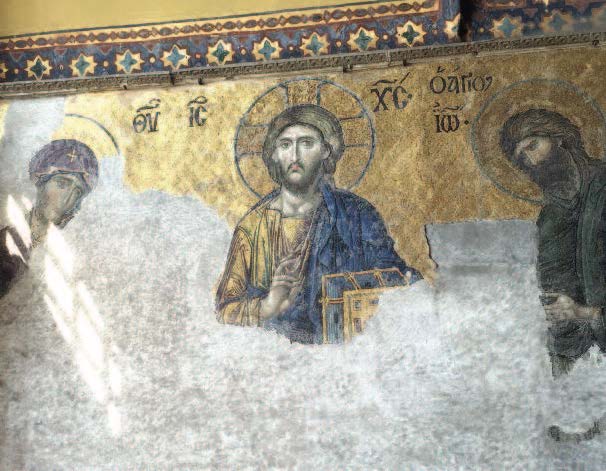
PHOTO: FRANCISCO JAVIER SANCHEZ
Another fine example of Byzantine architecture and engineering is the nearby Basilica Cistern, a cavernous vault designed to provide water to the nearby Topkapi Palace. Visitors can explore this intriguing subterranean cistern via walkways set among hundreds of columns, sourced from ancient temples and featuring decorations such as Medusa heads at their base. According to legend, the heads are oriented sideways to avert Medusa’s deadly gaze.
Near the Basilica Cistern is the world-famous Blue Mosque. Built by the architect Mehmet A a in the early 17th-century, it’s named for the remarkable blue Iznik tiles within its interior and features six minarets. This working mosque is closed to tourists during prayer time. While the Blue Mosque is definitely a bucket-list site, fewer crowds and spectacular skyline views make the impressive Suleymaniye Mosque, a masterwork by architect Mimar Sinan (1490-1588), another must-see for discerning travellers.
Set on a hill on Seraglio Point, the headland where the Golden Horn, the Bosphorus and Sea of Marmora meet, is stunning Topkapi Palace. In the 15th-century, it served as the main residence and administrative headquarters of the Ottoman sultans. Today’s visitors can explore its kitchens, living quarters, the Imperial Harem, arms collections and precious historical treasures housed within exhibitions halls of the site’s archaeological museums.
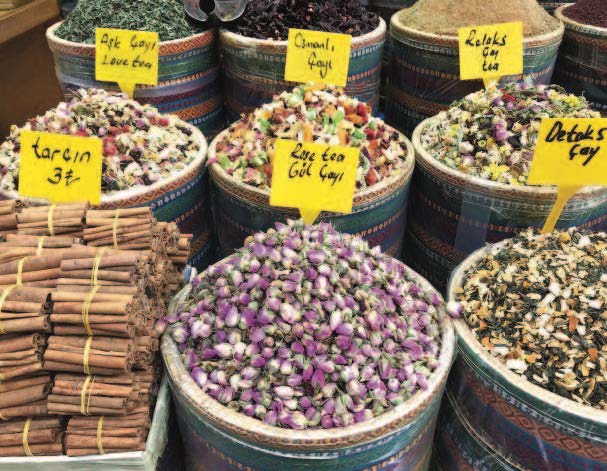
Across the Golden Horn, you can journey back in time to get a taste of life as an Ottoman sultan at Tugra restaurant located within the Ciragan Kempinski Palace, a former Ottoman palace now a luxury hotel in the Kempinski hotel chain. Serving Ottoman and Turkish cuisine on an open terrace overlooking the Bosphorus, this fine-dining experience features specialty dishes such as hot and cold mezze platters and recipes from the 17th-century. The restaurant’s signature dish is lamb testi, prepared in a handmade, traditional clay pot.
Nearby is the Galata Tower, one of Istanbul’s most iconic buildings. Constructed in the 14th-century, the nine-story building was tallest structure in the city for centuries and still punctuates the modern skyline. Soak up panoramic views from the top of the tower, accessed by elevator to the seventh floor and then by stairs.
Further afield, other marvels worth exploring include the Church of the Holy Saviour in Chora, a medieval Byzantine Greek Orthodox church now known as the Kariye Museum. This spectacular building is filled with lavish frescoes and mosaics recounting several Old Testament and New Testament themes. The fine condition of these works of art makes this remarkable site well worth a visit.
Chora Church, like many other museums and monuments in Istanbul, is situated near a square where it’s possible to rest and sip Turkish coffee or steeped tea beneath the shade of a plane tree.
Symbolizing strength, plane trees have an important place in Turkish culture. Traditionally, they were planted by the Ottomans in newly conquered territories. Today, their shade offers both visitors and locals a respite from the pace of modern life and an opportunity to contemplate centuries past.
Michele Peterson is a Cobourg-based travel writer. She can be reached via michelepeterson.com
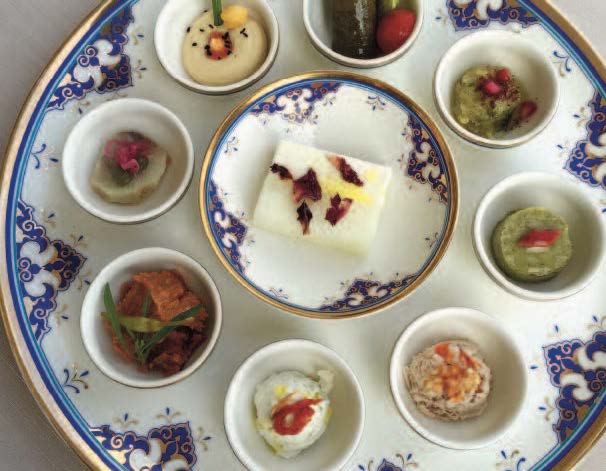
PHOTO: FRANCISCO JAVIER SANCHEZ
Travel Planner
Getting there: A member of the Star Alliance network, Turkish Airlines offers direct flights to Istanbul from Montreal and Toronto, one of 304 destinations served in 122 countries. Business Class passengers enjoy Skychef-prepared meals, priority check-in, access to the award-winning Turkish Airlines Flagship CIP Airport Lounge, the latest in-flight entertainment system, fully reclining seats and many other advantages. turkishairlines.com
Visa requirements: Canadians need a visa to travel to Turkey. Get an e-visa online at evisa.gov.tr/en
Official Turkey tourism website: turkeytourism.ca
Renaissance Istanbul Polat Bosphorus Hotel: A rooftop restaurant/ lounge, contemporary decor, indoor pool and lavish Turkish breakfast buffet make this high-rise hotel good value as a base for explorations. marriott.com/hotels/travel/istrn-renaissance-polat-istanbul-hotel/
Ciragan Palace Kempinski Istanbul: Located in a historic Ottoman palace, this five-star hotel features an infinity pool with views of the Bosphorus. kempinski.com/istanbul




